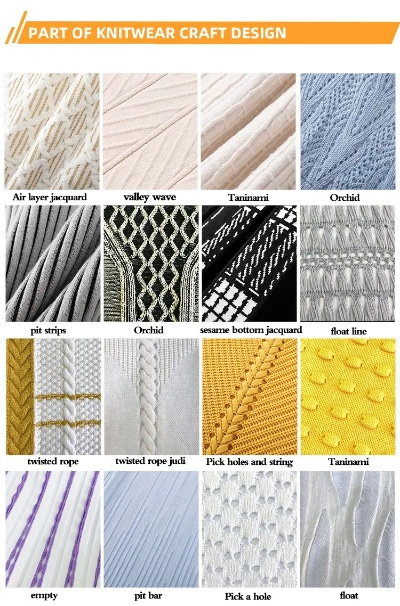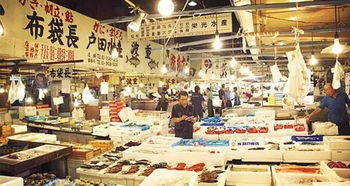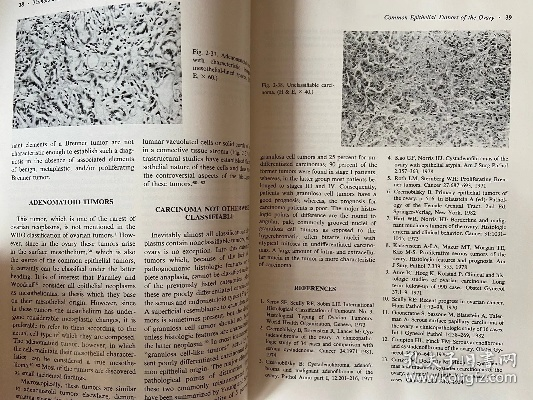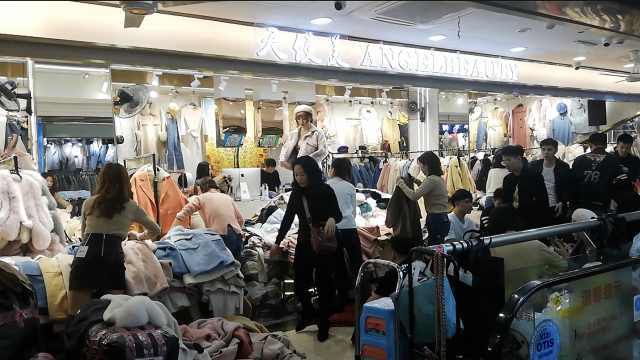Strategies for Designing Sustainable Textiles
"Designing Sustainable Textiles: Strategies for Environmental, Economic, and Social Benefits",In recent years, the demand for sustainable textiles has grown significantly due to concerns over environmental degradation and social injustice. To meet this demand, designers must adopt strategies that balance eco-friendliness with economic viability and social responsibility. This paper outlines three key strategies for designing sustainable textiles: 1) using natural fibers and biodegradable materials; 2) incorporating circular economy principles into production processes; and 3) promoting ethical sourcing and fair labor practices. By implementing these strategies, designers can create textile products that not only reduce their environmental impact but also contribute to economic growth and social equity.
Introduction: The textile industry is one of the most significant contributors to global environmental impact. The production, transportation, and end-use of textiles have a substantial carbon footprint, contributing to climate change, pollution, and resource depletion. Therefore, designing sustainable textiles is crucial not only for preserving the environment but also for meeting consumer demands for eco-friendly products. This article discusses strategies for designing sustainable textiles, including using renewable materials, reducing waste, and promoting circular economy principles. We will also provide an example of a successful textile design that incorporates these strategies.

Strategies for Designing Sustainable Textiles:
-
Use Renewable Materials:
- Bio-based Fibers: Invest in natural fibers like cotton, linen, hemp, and silk, which are derived from renewable resources.
- Organic Cotton: Use organic cotton, which is grown without synthetic pesticides and fertilizers.
- Regenerated Fibers: Develop technologies to recycle old textiles into new fibers.
- Recyclable Fabrics: Encourage the use of recycled polyester or other recyclable materials in textile production.
-
Reduce Waste and Emissions:
- Minimize Water and Energy Consumption: Use water-efficient dyes and reduce energy consumption during the dyeing process.
- Optimize Production Processes: Implement lean manufacturing techniques to minimize waste and emissions.
- Design for Durability: Ensure that textiles can withstand regular washing and wear, reducing the need for frequent replacements.
- Implement Recycling Programs: Establish recycling programs for textile scraps to turn them into new products.
-
Promote Circular Economy Principles:
- Design for Repair and Reuse: Develop textiles that can be repaired or repurposed, rather than being discarded after a single use.
- Integrate Textile Products: Incorporate textiles into everyday items like clothing, bags, and furniture, encouraging consumers to use them for multiple purposes.
- Create Accessory Markets: Develop markets for textile accessories, such as scarves, belts, and hats, which can be used repeatedly without damaging the main garment.
Example of Successful Textile Design: One example of a sustainable textile design is the "Eco-Spun" collection by British brand, Reformation. The brand uses organic cotton yarn made from post-consumer plastic bottles, reducing the environmental impact of traditional cotton farming practices. Additionally, Reformation designs its clothes to be machine washable, making them more durable and reducing the need for frequent replacements. The brand also encourages customers to repair their clothes, turning them into new pieces of clothing instead of sending them to landfill. By implementing these strategies, Reformation has become a leading advocate for sustainable fashion and has successfully positioned itself as a leader in the circular economy movement.
Conclusion: Designing sustainable textiles requires a multifaceted approach that involves using renewable materials, reducing waste and emissions, and promoting circular economy principles. By adopting these strategies, we can create textiles that not only meet our current needs but also contribute to a more sustainable future. The success of the "Eco-Spun" collection by Reformation serves as a shining example of how innovative designs can address environmental concerns while still meeting consumer demand. As the textile industry continues to evolve, it is essential that we continue to innovate and adopt sustainable practices to ensure a livable planet for generations to come.
随着纺织品行业的快速发展,面对日益激烈的市场竞争和消费者需求的变化,纺织品设计应对措施显得尤为重要,本文将探讨纺织品设计应对措施的相关内容,并结合实际案例进行分析。
纺织品设计应对措施

市场调研与需求分析
在纺织品设计应对措施中,首先需要进行深入的市场调研和需求分析,通过收集和分析消费者需求、市场趋势、竞争对手情况等信息,为纺织品设计提供有力的依据,还需要关注行业法规、政策等因素,确保设计的合法性和合规性。
创新设计理念
为了应对市场竞争和消费者需求的变化,纺织品设计应注重创新设计理念,通过引入新技术、新材料、新工艺等手段,提升产品的科技含量和附加值,还需要关注环保、可持续性等新兴趋势,确保设计的环保性和可持续性。
优化面料材质
优化面料材质是纺织品设计应对措施的重要环节,面料是纺织品的基础,其材质和质量直接影响到产品的性能和外观,需要选用优质的面料原料,提高面料的耐磨、抗皱、抗紫外线等性能,还需要关注面料生产工艺的改进和创新,提高产品的质量和稳定性。
提高产品附加值
为了提高纺织品产品的附加值,需要注重产品的功能和用途,根据不同领域的需求,设计具有独特功能和用途的纺织品产品,满足消费者的不同需求,还需要注重产品的包装和展示设计,提高产品的整体形象和竞争力。
加强知识产权保护

在纺织品设计应对措施中,加强知识产权保护也是非常重要的,随着知识产权保护意识的提高,越来越多的消费者更加注重产品的知识产权保护,纺织品设计企业需要加强知识产权的申请和保护工作,确保产品的知识产权权益。
实际案例分析
以某知名纺织品品牌为例,其纺织品设计应对措施的具体实施情况如下:
-
市场调研与需求分析:该品牌在纺织品设计前进行了深入的市场调研和需求分析,了解消费者的需求和市场的趋势,根据分析结果,该品牌设计出了一系列符合市场需求的产品,提高了产品的市场竞争力。
-
创新设计理念:该品牌注重创新设计理念的应用,采用了新型面料材质和技术手段,提高了产品的科技含量和附加值,该品牌还注重产品的功能和用途,设计出了一系列具有独特功能和用途的纺织品产品。
-
优化面料材质:该品牌在优化面料材质方面也做了大量的工作,选用优质的面料原料,提高了面料的耐磨、抗皱、抗紫外线等性能,该品牌还注重面料生产工艺的改进和创新,提高了产品的稳定性和质量。
-
提高产品附加值:该品牌注重产品的功能和用途的设计,根据不同领域的需求设计了具有独特功能和用途的纺织品产品,这些产品不仅满足了消费者的不同需求,还提高了产品的整体形象和竞争力,该品牌还注重产品的包装和展示设计,提高了产品的整体形象和品牌形象。
纺织品设计应对措施是纺织品行业发展的重要保障,在市场调研和需求分析的基础上,注重创新设计理念的应用、优化面料材质和提高产品附加值等措施是应对市场竞争和消费者需求变化的重要手段,加强知识产权保护也是非常重要的,在实际案例中可以看出,这些措施的实施对于提高纺织品产品的附加值和市场竞争力具有重要意义。
Articles related to the knowledge points of this article:
Exploring the Price Landscape of Shuzhi Ke Textiles:A Comprehensive Analysis



